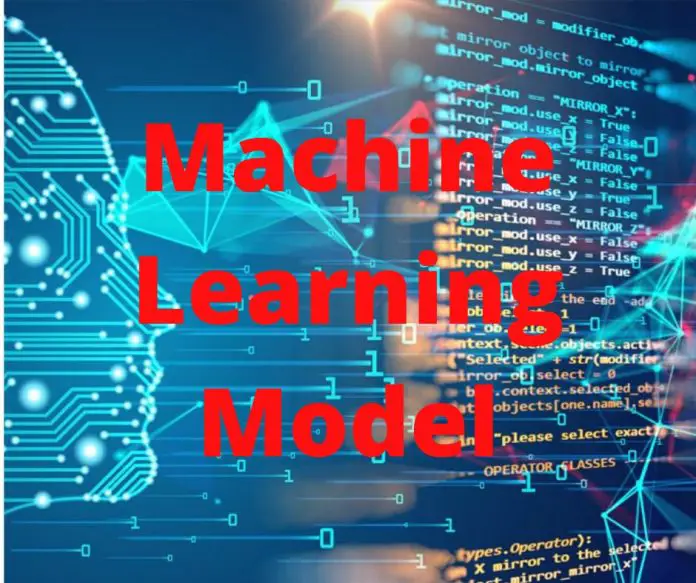The machine learning model is a geometrical analysis and mathematically presentation of any work process or real-world problem. It requires a lot of data and algorithms to get the ultimate result. Creating the model is to provide extract insight from data to make better business and production decisions. By statistical and mathematical analysis, machine learning provides mixed prescriptive, predictive, and descriptive analytics results. There is a distinct difference between the machine learning model and algorithm. In our learning sequence, we will try to cover the difference, and finally, we will describe the best 20 models for MI and its application.
Difference Between Machine Learning Model and Algorithm
At the beginning of the study, it is better to destroy the confusion between ML Model and algorithm. Because for beginners like me, it creates a lot of confusion. The model and algorithm are not the same.
When we train algorithms with data, it becomes a model. The learning model is a structure or equation, but the algorithm is some standard rules to make the model. To make a model, we need one or more algorithms. We can represent the equation in this way:
Model = Training (an Algorithm + Data)
The Best Machine Learning Model
Machine learning models are utilized for plotting any real-world problems. It represents in various ways, like statistically, geometrically, and mathematically. Today’s we will discuss the best 20 ML models to solve real-world problems.
1 . Linear Model
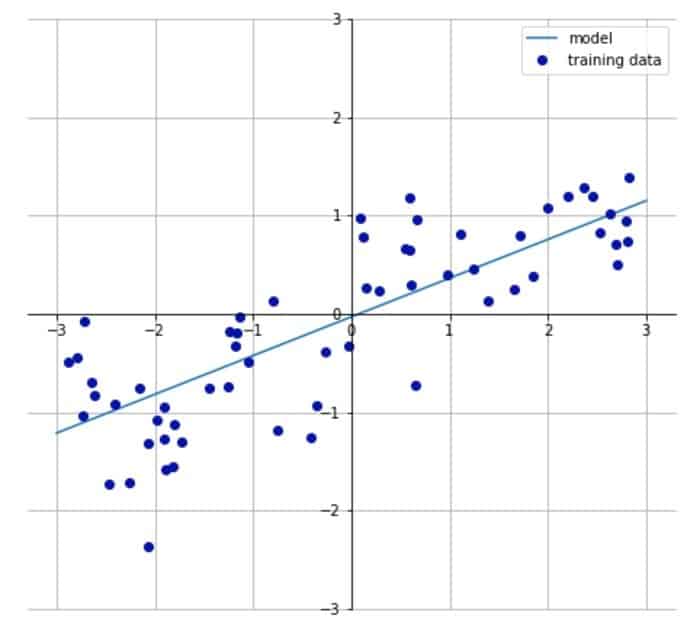 Linear Model is the relationship between two quantities represented through an equation to show a constant rate of change. It is used to make predictions using a Linear Function. When each term is either a constant or the product of a parameter, and a predictor variable is also constant, we consider it linear. By adding all the results, the linear equation is constructed.
Linear Model is the relationship between two quantities represented through an equation to show a constant rate of change. It is used to make predictions using a Linear Function. When each term is either a constant or the product of a parameter, and a predictor variable is also constant, we consider it linear. By adding all the results, the linear equation is constructed.
Result = constant + parameter * predictor + … + parameter * predictor
Y = b o + b1X1 + b2X2 + … + bkXk
There are various types of Linear models. Such as:
- Ordinary Least Squares
- Ridge regression
- Lasso
- Multi-task Lasso
- Elastic-Net
- Multi-task Elastic-Net
- Least Angle Regression
- LARS Lasso
- Orthogonal Matching Pursuit (OMP)
- Bayesian Regression
- Logistic regression
- Stochastic Gradient Descent – SGD
- Perceptron
- Passive Aggressive Algorithms
- Robustness regression
- Polynomial regression
2. Non-Linear Basic Model
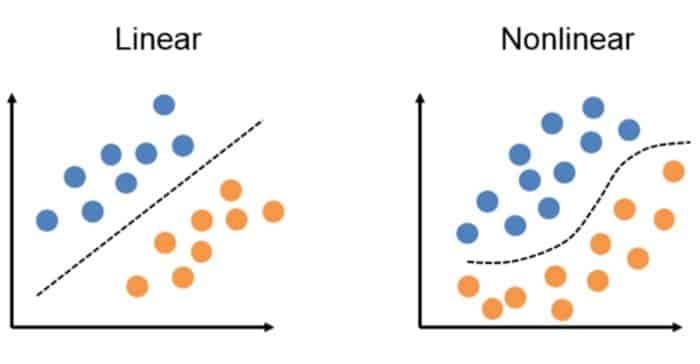 When the equation does not meet any criteria, then it is considered as Basic Non-Linear Model. The opposite of linear is called non-linear. The data non-linear is so long that it is difficult to fit on a graph. The accuracy of non-linear is much more complicated than it sounds. The observational data of the non-linear machine learning model is constructed by a formula where the model parameters are more independent. The model can be expressed by:
When the equation does not meet any criteria, then it is considered as Basic Non-Linear Model. The opposite of linear is called non-linear. The data non-linear is so long that it is difficult to fit on a graph. The accuracy of non-linear is much more complicated than it sounds. The observational data of the non-linear machine learning model is constructed by a formula where the model parameters are more independent. The model can be expressed by:
y ~ f(x,β)
3. Ensemble Model
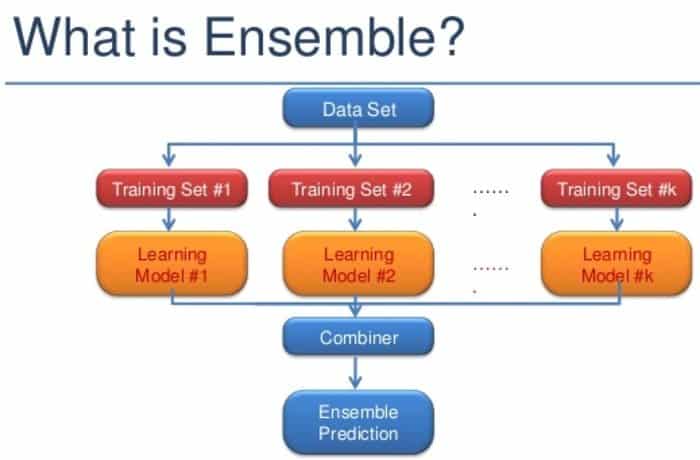 Ensemble Model is used to combine multiple learning algorithms to get the perfective performance. It is one type of ML model that combines several models. Compared to a single model, it gives a better prediction. In the various machine learning competition, like the Netflix Competition, KDD 2009, and Kaggle the organizer use this model.
Ensemble Model is used to combine multiple learning algorithms to get the perfective performance. It is one type of ML model that combines several models. Compared to a single model, it gives a better prediction. In the various machine learning competition, like the Netflix Competition, KDD 2009, and Kaggle the organizer use this model.
Because of bias ness, Noize and variance machine learning error may occur. Ensemble Model minimize those factors to improve accuracy and stability. It is used many ML hackathons to increase the ability of prediction. But, the disadvantage is it takes more time for computation and design time.
4. Support Vector Machine Model
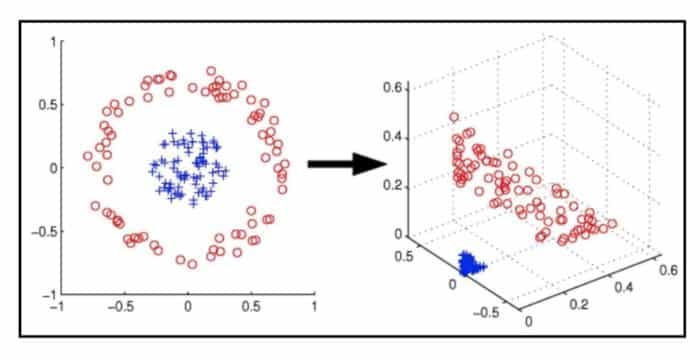 Support Vector Machine is a supervised machine learning model to use regression and classification-related problems. It is known as a kernel trick to transform data and find an optimal boundary between the possible outputs. When the number of dimensions is greater than the number of samples, we use the Support Vector Machine Model. It works perfectly with a clear margin of separation in high-dimensional spaces. But, it is not suitable for extensive data set because it requires more time for training. On the other hand, when noize, bias ness, and variance are there, it does not work well.
Support Vector Machine is a supervised machine learning model to use regression and classification-related problems. It is known as a kernel trick to transform data and find an optimal boundary between the possible outputs. When the number of dimensions is greater than the number of samples, we use the Support Vector Machine Model. It works perfectly with a clear margin of separation in high-dimensional spaces. But, it is not suitable for extensive data set because it requires more time for training. On the other hand, when noize, bias ness, and variance are there, it does not work well.
5. Deep Learning
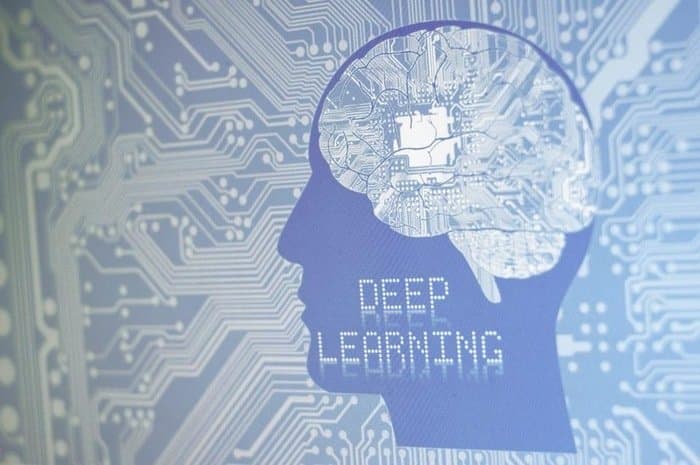 The word “Deep” refers to the employment of many algorithms in a hidden layer (Sometimes over 100). This machine learning model works on neural networks. Deep learning can be various types like supervised, semi-supervised and unsupervised. It is one type of artificial intelligence to make decisions like the human brain based on a pattern. This subset of ML is considered as a deep neural network or learning.
The word “Deep” refers to the employment of many algorithms in a hidden layer (Sometimes over 100). This machine learning model works on neural networks. Deep learning can be various types like supervised, semi-supervised and unsupervised. It is one type of artificial intelligence to make decisions like the human brain based on a pattern. This subset of ML is considered as a deep neural network or learning.
Deep learning combines data from various sources like an online portal, search engine, social media, and cloud computing. Those data construct a single platform called big data. avegekWith the big data model, artificial neural networks work like a human brain known as artificial intelligence. It mimics a human brain but works within a few seconds. It is so vast that the average human brain will take a thousand years to get the ultimate result.
6. Decision Trees Machine Learning Model
 In real life, a tree has a lot of analogies to real problems. The machine learning model can be compared with a tree-like model with various conditions. To influence the decision making this model plots different conditions visually. ML uses a powerful tool for prediction and classification. Because it can generate understandable rules for decision making, perform classification without requiring much computation and, handle both continuous and categorical variables.
In real life, a tree has a lot of analogies to real problems. The machine learning model can be compared with a tree-like model with various conditions. To influence the decision making this model plots different conditions visually. ML uses a powerful tool for prediction and classification. Because it can generate understandable rules for decision making, perform classification without requiring much computation and, handle both continuous and categorical variables.
The decision tree is easy to understand, interpret, visualize. It can handle numerical, categorical data, and multi-output problems. When it creates over-complex trees, it is known as overfitting. Where the value is continuous with various dimensions, the utilization of the decision tree is difficult. Implementation of it is expensive.
7. Classification Model
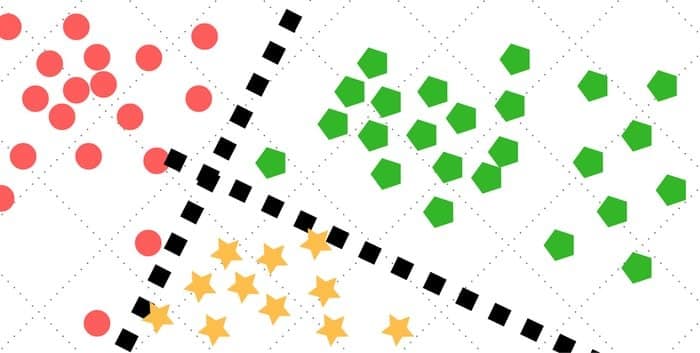 Classification is under the supervised machine learning model. This model is used in various areas like identifying customer segments, ensuring the guarantee of bank loans, the probability of passing your kid in the examination, and finding whether an email is spam or inbox. Using this model, you can also predict the house price based on area, whether monsoon will be expected next year or not, approximate books will be sold next year, etc. There are two types of classification models which are Binomial and Multi-Class.
Classification is under the supervised machine learning model. This model is used in various areas like identifying customer segments, ensuring the guarantee of bank loans, the probability of passing your kid in the examination, and finding whether an email is spam or inbox. Using this model, you can also predict the house price based on area, whether monsoon will be expected next year or not, approximate books will be sold next year, etc. There are two types of classification models which are Binomial and Multi-Class.
8. Multiclass Classification Model
Multiclass Classification is a subset of classification with more than two classes. If confirms, a single sample should have only one label. For example, if we consider color, it should be red, blue, or ant single color. But, both can not be at the same time. When we use multiple labels to predict each instance, then it is considered as multi-label classification.
9. Regression Model
When we target the numeric value, then we use the Regression Model. It is the relationship between one or more than one independent variable with a single dependent variable. Amazon is one of the best machine learning service providers in the world. They use this industry-standard model and called “linear regression”. You can solve the various problem using this Regression Model. For example, if you want to know the temperature of the next day, the number of products that will be sold next month, the price of your house based on the locality.
10. Neural Networks Machine Learning Model
Neural networks are a popular machine learning model inspired by a biological neural network. It does not work based on task-specific rules. It is also known as an artificial neural network (ANN). ANN can be used in many sectors like playing video games, speech recognition, machine translation, social network filtering, and medical diagnosis. There are many types of Neural networks architecture in machine learning which are:
- Perceptrons
- Convolutional Neural Networks
- Recurrent Neural Networks
- Long / Short Term Memory
- Gated Recurrent Unit
- Hopfield Network
- Boltzmann Machine
- Deep Belief Networks
- Autoencoders
- Generative Adversarial Network
11. K-means Clustering
K-means clustering is famous for cluster analysis in data mining. It is a method of machine learning that creates a group of observations around the geometric centers. The meaning of the word “K” is the number of clusters determined by the person conducting the analysis. If you want to segment a product differentiation marker, you can use this machine learning model.
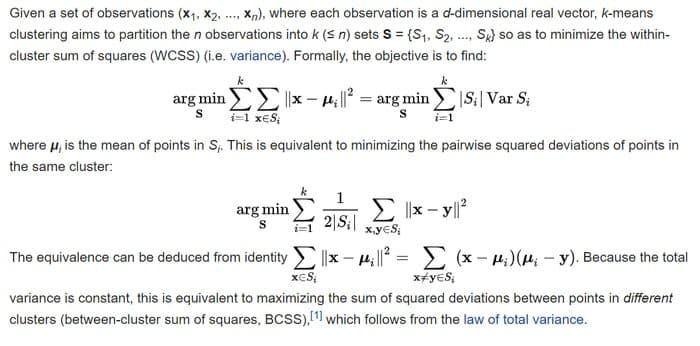
12. Adaptive Resonance Theory
Adaptive resonance theory is a subset of the neural network machine learning model used for pattern recognition and prediction. It was first developed by Stephen Grossberg and Gail Carpenter in the year 1987.
The exciting nature of K-means clustering is always learning new input patterns without forgetting the old input pattern. It has various types like ART1, ART2, FuzzyART, ARTMAP and, FARTMAP.
13. Reinforcement Learning
Reinforcement learning is another popular machine learning model that is used for maximizing rewards in a particular situation. To take a specific action, it is employed to find the possible action and maximize the performance. It has a distinct difference from supervised learning based on taking data input. When there is no input, then it works from its experience. The reinforcement learning model is used in manufacturing, inventory management, delivery management, finance sector, and power systems.
14. Q-learning
Q-learning model is the subset of the Reinforcement machine learning model where it tells its agent to take action based on various circumstances. Without any adaptation, this ML model can handle any problems. This off-learning reinforcement model provides the best action in the present scenario without any prescribed policy. The meaning of the word “Q” represents the quality of output. The output is shown by the Q table.
15. Bayesian Network Machine Learning Model
Bayesian Network is a traditional probabilistic technique that represents problems in a graphical model. It has two parts structure and parameters. It is a joint probability distribution that provides compact, flexible, and interpretable representation. Compact, flexible and interpretable representation. Bayesian Network has a random variable and graph structure to encodes the dependencies between the variables. The graphical presentation will clear the concept.
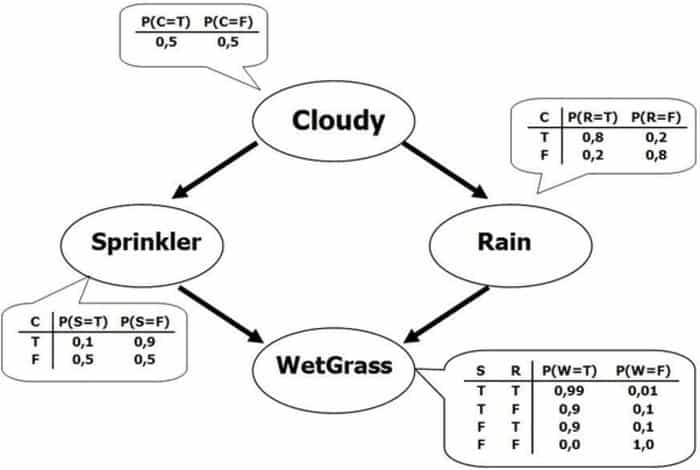
16. Probabilistic Model
The probabilistic model is the heart of machine learning. With the help of random variables, this powerful idiom describes the real world. It works based on incorporate random variables, normal distribution, binomial distribution, and Bernoulli distribution. The statistician uses this model in the life insurance calculation. In machine learning, it is used for extensive data analysis and data science.
17. Nearest Neighbor
Nearest Neighbor is an essential and powerful machine learning model that is easy to implement and solve regression and classification models. It is also used for solving the industrial problem. It is the most straightforward classification algorithm that requires low-time calculation. Nearest Neighbor is popularly known as the lazy learners model.
18. Cross Decomposition
Cross decomposition is a high-level machine learning model that uses two algorithm types: partial least squares (PLS) and canonical correlation analysis (CCA). This model linear relations between two multivariate datasets: the X and Y. The output shows on a scatterplot matrix display.
19. Gaussian Processes
For the machine learning toolbox, Gaussian Processes uses as a powerful model. It predicts the data by incorporating prior knowledge. It is used for robotics or time series analysis. This model works as regression analysis, but it is not limited to the regression model because it is extended to classification and clustering tasks. It is also used for probability distribution, Marginalization and, Conditioning.
20. Naive Bayes Machine Learning Model
The last model of today’s discussion is the Naive Bayes machine learning model. It is a technique for constructing classifiers. This supervised ML technique is an old one that has been used since 1960. You can use this model in the pharmaceutical industry. You can also use it for classifying various models of ML.
Final Thought
There are several machine learning models to solve real-world problems. All the models are not required for you. Since it is a vast area, so you have to be particular. On the other hand, the required machine learning language is also specific, like python, R, and java. The purpose of today’s discussion is to provide you the ML model idea in generic terms. In my subsequent article, I will describe topics based on mathematics. If you find it interesting, please share or comments on whatever you like.





